
Captain Field Eugene Kindley was an American aviator and World War I flying ace credited with twelve confirmed aerial victories.

Joseph Frank Wehner, also known as Fritz Wehner, was an American fighter pilot and wingman to Frank Luke.
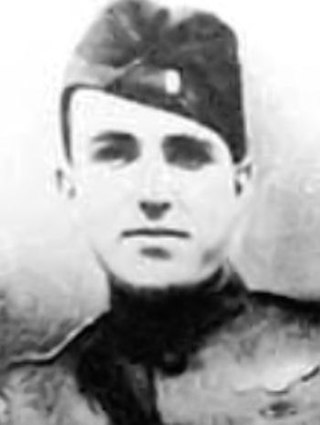
Lieutenant Remington D. B. Vernam was an American pilot who had enlisted in the French air service during World War I, and was transferred to the United States Army Air Service after American entry into the war.

George Augustus Vaughn Jr. was an American fighter ace in World War I and Distinguished Service Cross, Britain's Distinguished Flying Cross, and Silver Star recipient. Vaughn was America's second-ranking Air Service ace to survive the war.
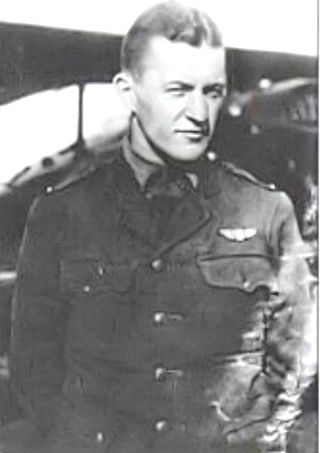
Captain Harold Robert Buckley was a World War I flying ace credited with five aerial victories.

Lieutenant George Willard Furlow (1893–1959) was a World War I flying ace credited with five aerial victories.

Lieutenant Orville Alfred Ralston was a World War I flying ace credited with five aerial victories. He returned to service for World War II, only to die in a B-17 crash.

Howard Clayton Knotts was a prominent American aviation lawyer who served in World War I as a flying ace credited with six aerial victories.
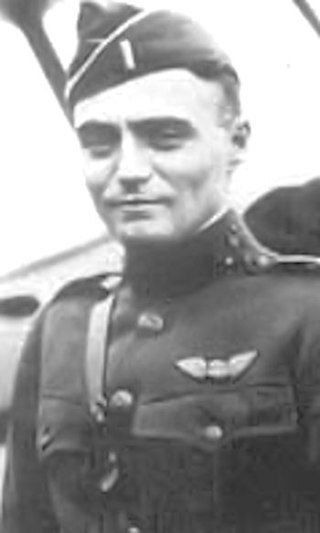
Lieutenant Jesse Orin Creech was a World War I flying ace credited with seven aerial victories. He shot down the final victory of the war for his squadron.

Lieutenant Lansing Colton Holden, Jr. was a World War I flying ace credited with seven aerial victories. He was an architect, illustrator, and American film director.

Captain Gorman DeFreest Larner was a World War I flying ace credited with seven aerial victories.

Lieutenant Leslie Jacob Rummell (1895-1919) was an American World War I flying ace credited with seven aerial victories.

Lieutenant Clinton Leonard Jones, Jr. was an American World War I flying ace credited with eight aerial victories.

First Lieutenant Lloyd Andrews Hamilton was a World War I flying ace credited with ten aerial victories. During five months of 1918 he became an ace with the Royal Air Force (RAF) and then again with the United States Air Service (USAS). Hamilton Air Force Base is named after him.

Lieutenant Jacques Michael Swaab was an American World War I flying ace with the 22nd Aero Squadron who was credited with ten victories. He later worked in the Hollywood film industry.

Colonel Reed Gresham Landis was an American military aviator who served in the air services of the United States Army during World War I and World War II, and was credited as a flying ace during the former, with twelve aerial victories.
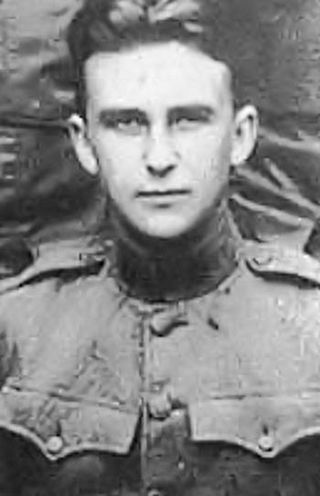
Lieutenant Howard Burdick DSC DFC was an American World War I flying ace credited with eight confirmed aerial victories. He and his son, Clinton D. Burdick, are the only known pair of father-son flying aces.

Captain Henry Robinson Clay, Jr. was a World War I flying ace credited with eight confirmed aerial victories.
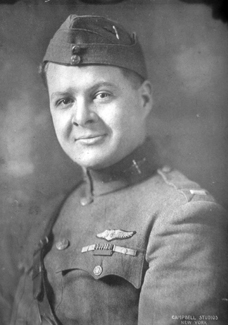
Paul Frank Baer was an American fighter pilot for the United States Army Air Service in World War I. He was credited with nine confirmed victories and seven unconfirmed victory claims, making him the first flying ace in American military aviation history.

Captain Thomas Gantz Cassady was an American fighter pilot who served in both World Wars, and became a businessman during peacetime.




















